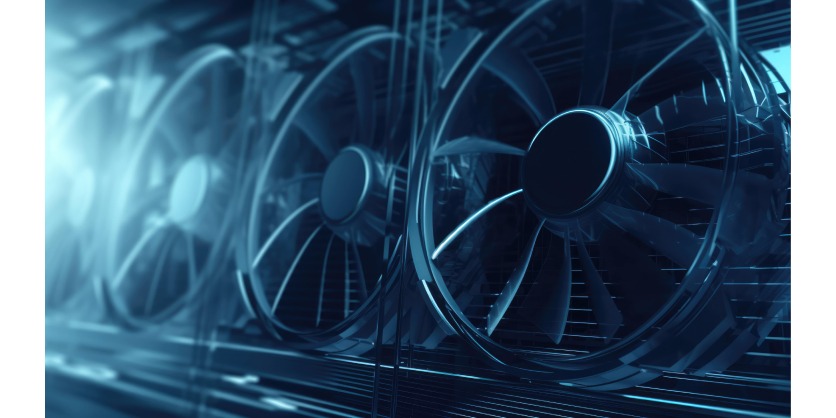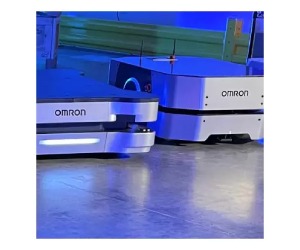What Are the Main Strategies for Data Centre Cooling?
April 28, 2025

What Are the Main Strategies for Data Centre Cooling?
The rapid growth of the Software-as-a-Service (SaaS) sector has placed immense pressure on data centres to expand their capacity quickly. With this increased demand, operators must implement effective cooling systems to prevent overheating and IT equipment malfunctions.
In this article, Rittal explores the most popular cooling methods used in data centres, highlighting their advantages and limitations.
Direct-to-Chip Liquid Cooling
Direct-to-chip cooling, also known as on-chip or chip-level cooling, is a highly efficient method used in high-performance computing and data centres. It involves the use of a non-flammable dielectric liquid coolant that comes into direct contact with heat-generating components like CPUs and GPUs. The liquid absorbs heat from these components and dissipates it efficiently.
This method handles high thermal loads more effectively than traditional air cooling systems, making it ideal for high-density environments. It is also more energy-efficient since it removes heat directly at the source, reducing overall cooling power consumption. Additionally, direct-to-chip cooling can lower noise levels in server rooms by eliminating the need for loud fans.
Air Cooling
Air cooling relies on CRAC (Computer Room Air Conditioning) or CRAH (Computer Room Air Handlers) units to create pathways for hot air to exit the data centre. These units function similarly to traditional air conditioning systems by extracting hot air, cooling it, and then redistributing the cooled air back into the server room. Strategically placed ventilation systems ensure even cooling distribution.
However, air cooling has limitations in managing thermal loads. As server densities increase and more powerful processors are used, traditional air cooling strategies may struggle to dissipate heat efficiently.
At Rittal, they recommend alternative or complementary cooling solutions, such as In-Row or In-Rack Liquid Cooling for high-density applications.
Evaporative Air Cooling
Evaporative air cooling is a more cost-effective and energy-efficient alternative that cools the environment using the natural process of evaporation.
The system features an evaporative medium designed to absorb and retain water. As warm air from the data centre passes over this saturated medium, water evaporates, reducing the ambient temperature. The cooled air is then circulated back into the facility, absorbing heat from servers and other equipment, while the warm air is expelled outside.
However, this method increases humidity levels within the data centre, which must be strictly controlled. As a result, evaporative cooling has limitations in certain environments.
Aisle Containment
Aisle containment optimizes airflow management by directing cold air efficiently into server racks while expelling hot air out of the facility. This is achieved through a hot aisle/cold aisle layout, where server racks are arranged in alternating rows.
- The front sides of the racks face each other, forming a cold aisle where they draw in cool air.
- The back sides of the racks expel heat into a hot aisle.
Physical barriers such as doors, ceilings, or partitions separate these aisles, preventing the mixing of hot and cold air. This ensures a stable and consistent air supply temperature at the front of the servers, improving the efficiency of air cooling systems. Aisle containment can reduce energy consumption, leading to cost savings and a more reliable data center environment.
Next Steps
Rittal is a global leader in environmental management and climate control solutions for modern data centres. Their goal is to help organizations improve energy efficiency, reduce downtime, and enhance operational performance.
More Information
For more information, contact a member of the experienced Rittal team in Canada.
Related Story
New Cooling Solution Uses Water for Single Phase Direct Liquid Cooling: Rittal Develops Megawatt Cooling for AI
Artificial intelligence (AI) promises revolutionary benefits. Is the IT infrastructure ready? Data centre operators are breaking new technological ground with their technology partners. Rittal now presents a new cooling solution that delivers over 1 megawatt of cooling output and paves the way for AI. This is because the demand for computing power is growing so fast that a completely new level of scaling, cooling, power distribution and energy efficiency is required. The global system provider is thus entering a new and expanding field of IT cooling, in terms of both performance class and technology.



